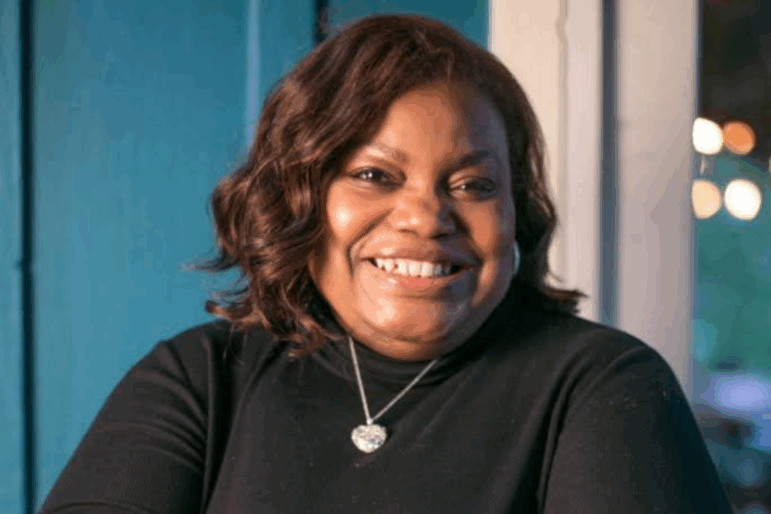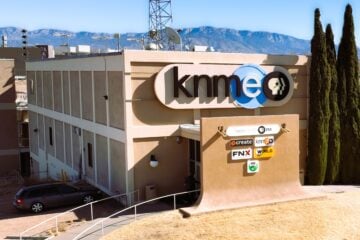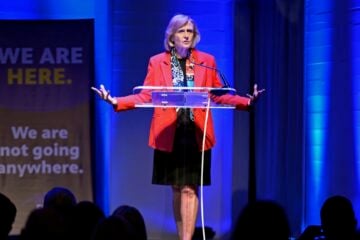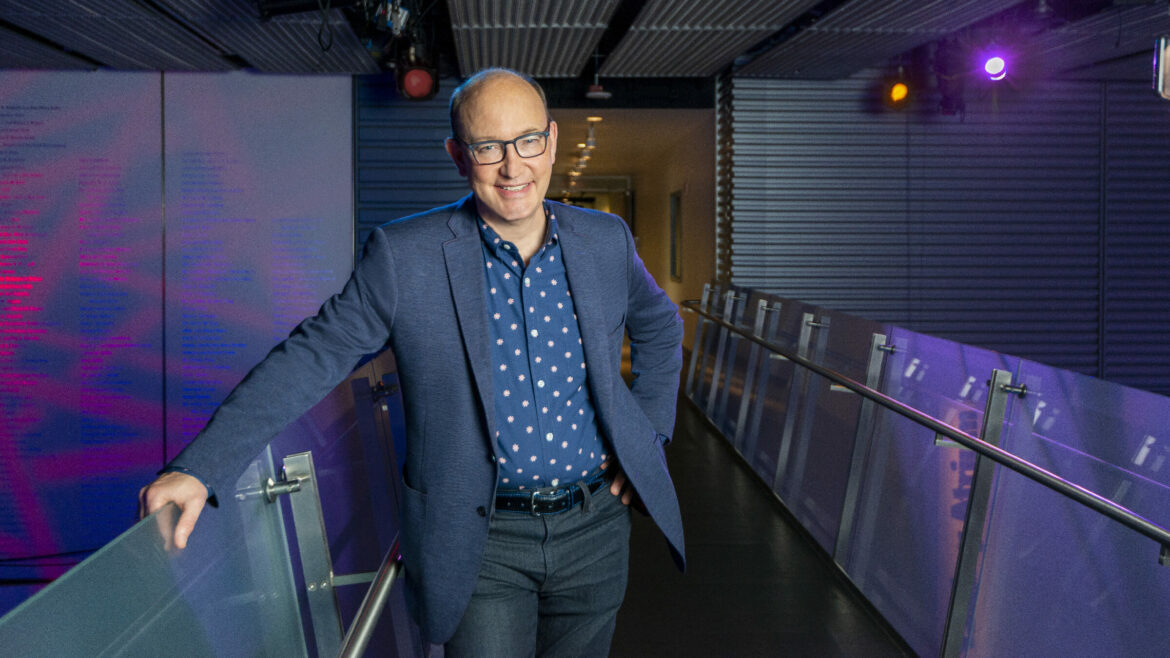From broadcaster to backbone: How public media can evolve by powering the hyperlocal future

EyeEm Mobile GmbH / iStock
Much of the recent conversation around public media has centered around eliminating federal funding. But the issues facing independent broadcasting go well beyond congressional appropriations and grants.
The model that once served millions, powered by a mix of federal funding, donor support and national syndication, no longer meets the needs of today’s information ecosystem. Like much of legacy media, public broadcasting faces serious funding threats, the disruptive force of digital and AI technologies, and a shrinking, aging audience.
Some conservative critics are making the case that public media should return to being strictly local, but as Professor Patricia Aufderheide pointed out recently, they’re doing so as a justification for eliminating federal funding altogether. That’s a fundamental misreading of both the history and potential of public media. Localization should be part of public media’s evolution, not a reason to dismantle it.
The real opportunity is to reimagine public media not as a centralized content producer, but as a networked, civic infrastructure that enables and supports community-rooted journalism.
That’s the question funders should be asking right now — not just “Can public media survive?” but “Can public media evolve in a way that makes it more essential — and equitable — than ever before?”
At The Pivot Fund, we believe the answer is yes. But only if public media is willing to shift from content provider to civic infrastructure — from broadcaster to backbone.
The problem: a model that no longer matches the moment
In the 1960s and ’70s, public media emerged as a vital community institution. Local stations, often based at universities, produced programming designed by and for their communities. That deeply localized model began to unravel in the 1980s, when the Reagan administration attempted to eliminate federal funding for public broadcasting. While that effort failed, significant budget constraints to the Corporation for Public Broadcasting forced stations to pursue private underwriting and major donor support. Over time, content and decision-making shifted away from local communities toward national production hubs.
What developed is a centralized, top-heavy public media system, where smaller and rural stations largely rebroadcast national shows rather than produce their own, and underserved communities — especially BIPOC and working-class audiences — are routinely overlooked.
Funders have reinforced this system by prioritizing support for national programming over investments in smaller and rural stations, leaving those outlets to simply rebroadcast content that feels increasingly disconnected from the communities they serve. Meanwhile, audiences are tuning out national news altogether, seeing it as polarizing or irrelevant and turning instead to trusted local sources — when those sources exist.
The opportunity: public media as a civic hub
I recently spoke with Drew Murphy, who chairs the board of Southern California Public Radio and sits on the board of American Public Media Group, during a Glenn Nelson Center Advisory Board meeting, where we both serve. The Center, housed at APMG in Minnesota, supports media innovation. While the broader conversation focused on how public media can evolve, Drew and I spoke more specifically about its potential role in supporting hyperlocal newsrooms — as a true backbone institution in a more connected media ecosystem.
In Minnesota, we’re already seeing what that could look like.
APMG, through its subsidiary Minnesota Public Radio, played a significant role in the launch of Sahan Journal — demonstrating what’s possible when public media embraces a support role.
Here’s what that looked like:
- Financial and Infrastructure Support: MPR covered the salary of Sahan Journal’s founding editor, Mukhtar Ibrahim, for the first 18 months. Through the Glen Nelson Center, they also provided the organization’s first office space — essentially incubating the newsroom as it built capacity.
- Mentorship and Expertise: Ibrahim received guidance from experienced MPR editors and staff, including veteran journalist Kate Moos, who helped shape the organization’s operations and editorial strategy.
- Content Collaboration: In exchange, MPR gained access to Sahan Journal’s reporting, expanding the reach of community-centered stories it was not producing itself.
Ibrahim has since transitioned out of his leadership role at Sahan Journal after helping to hire his successor. But his work — supported in part by public media — laid the foundation for one of the most respected immigrant- and BIPOC-focused newsrooms in the country.
This was a win-win model: Sahan Journal got critical early-stage support, and MPR expanded its ability to serve new audiences with credible, culturally relevant journalism. It’s a replicable blueprint for the future of public media.
In our recent Minnesota Media Landscape Report, we heard directly from residents and media leaders. “We need a central hub to support the creation and distribution of community-centered news,” said one focus group participant representing the state’s Asian American community. Latino and African participants also expressed this sentiment.
Public media outlets have the infrastructure, brand trust and distribution pipelines. Together — with support from funders — they can form a more connected, responsive media ecosystem.
What evolution looks like
In a conversation with Professor Aufderheide — renowned media scholar and author — she emphasized that public media was “always meant to fill the information gaps commercial media ignored, especially at the local level.” But that won’t happen on hope alone.
“There need to be incentives for both public radio and broadcast stations to do this,” Aufderheide said, “and for community news outlets to be incentivized to partner with them in return.”
She added a note of caution: “Public media has largely ignored the poor and working class and catered to more educated and affluent audiences. That needs to change if we want to build something genuinely inclusive.”
So, what might an evolved public media model look like?
Funders can help catalyze a new civic role for public media stations by supporting them to become:
- Shared infrastructure providers: offering CMS platforms, podcast hosting, translation and archiving to local outlets
- Back-office support hubs: providing legal, HR, development and grant-writing services
- Editorial collaborators: developing ethical frameworks, co-producing stories and providing data tools
- Amplification engines: syndicating community journalism to wider state and national audiences
- Trust accelerators: leveraging the public media brand to help validate and elevate new voices
Why this matters for philanthropy
If you’re a funder committed to local news, civic engagement, narrative change or equitable systems, this is a high-leverage opportunity. Funding public media’s evolution isn’t about nostalgia. It’s about investing in:
- Civic infrastructure that supports dozens — if not hundreds — of independent outlets
- Field coordination to reduce duplication and amplify reach
- Equity in access to trustworthy information for communities historically left behind
- Sustainability through shared systems rather than fragmented, one-off experiments
- A shift in funding priorities — away from elite national programming and toward the full spectrum of the information ecosystem, especially local and hyperlocal outlets that have long been undervalued

At The Pivot Fund, we are investing directly in the community-rooted newsrooms that are doing this work every day. But we also believe public media institutions can — and should — play a pivotal role in supporting them. Without intentional support, the system risks drifting further from the public it was built to serve.
Public media has a chance to redefine public service — not just by producing content, but by supporting the grassroots newsrooms doing vital local work. Not by standing apart, but by standing with.
And funders can help get it there.
Tracie Powell is founder and CEO of The Pivot Fund, which is committed to directing $500 million to local news organizations serving historically marginalized communities. It has conducted news landscape analyses for major funders in Georgia, Minnesota, Michigan and Illinois, and has provided grants and services to hyperlocal news outlets from Seattle to Savannah, Ga. The former board chair of LION Publishers and former manager of the Borealis Philanthropy Racial Equity in Journalism Fund, Powell holds degrees from Georgetown University Law Center and the Henry W. Grady College of Journalism and Mass Communication at The University of Georgia.








I LOVE the thinking here. Public media needs to marry nationwide scale on shared services (tech platforms, admin support) with local editorial/programming creation, curation and partnerships.
Together with the crown jewels of the PBS national schedule, and a delivered via modern, locally curated streaming apps (our new local “stations”), public media CAN absolutely compete and thrive in the post-broadcast era.
Especially if we work together.